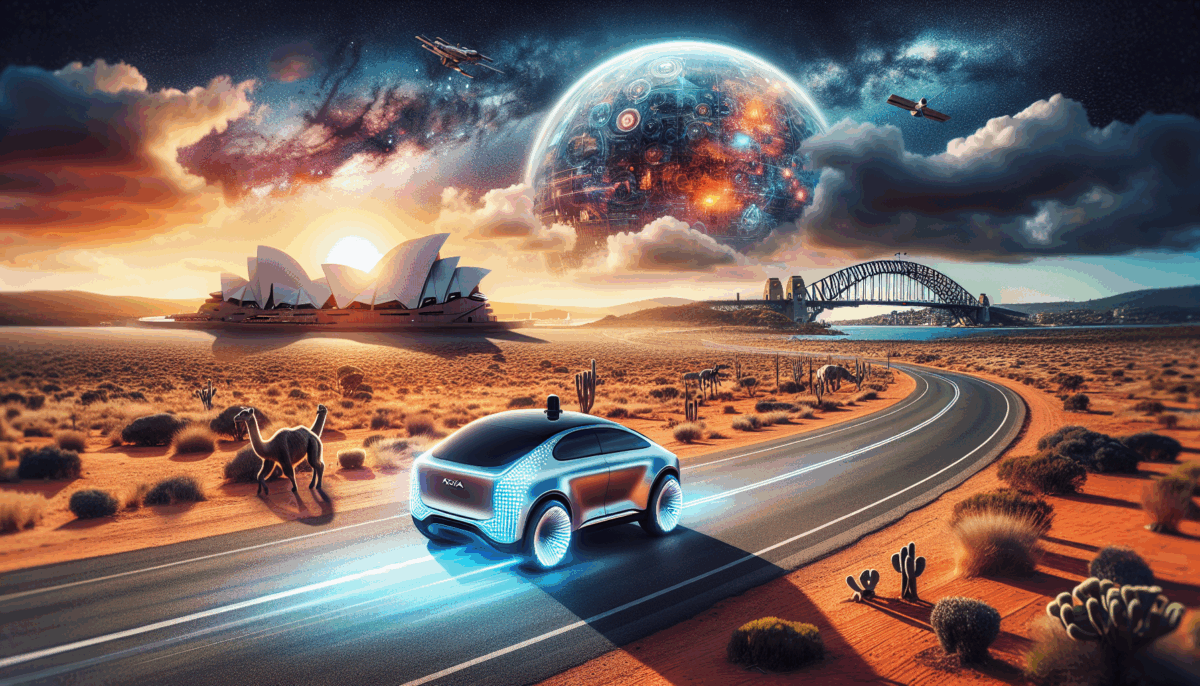ACMA Proposes Digital ID for Verification of Prepaid SIM in New Initiative
We independently review everything we recommend. When you buy through our links, we may earn a commission which is paid directly to our Australia-based writers, editors, and support staff. Thank you for your support!
Quick Read
- Australian telecommunications companies might soon implement Digital ID for verifying prepaid SIM cards.
- The ACMA’s initiative seeks to minimize SIM-related fraud and prevent data breaches.
- Introduced nearly a year ago, the Digital ID Act encourages the use of digital credentials.
- The government has allocated $288.1 million for the rollout of Digital ID by 2026.
- The proposal’s consultation phase concludes on October 25.
Digital ID: The Next Step in Prepaid SIM Verification for Australia

Introduction
In a development that may transform the customer onboarding process for prepaid mobile services, the Australian Communications Media Authority (ACMA) has put forth a proposal to enable telecommunications companies to authenticate customers through Digital ID. If adopted, this plan would connect digital wallets to verified identification such as driver’s licenses or Medicare cards for SIM activation, with the aim of curtailing fraud and simplifying the verification process.
Background: Digital ID Act and Its Implications
Almost a year post the introduction of the Digital ID Act, this proposal signifies a notable advancement towards wider acceptance of digital credentials. The Digital ID framework is aimed at addressing risks linked to data breaches, a crucial concern underscored by recent events involving major firms like Optus and Medibank.
Government Support and Financial Commitment
The Australian government has committed $288.1 million over a four-year period, as detailed in the Budget 2024-25, to facilitate the rollout of Digital ID throughout both the public and private sectors by December 2026. This financial investment emphasizes the significance attributed to digital identity as a fundamental aspect of contemporary verification procedures.
Current Verification Process for Prepaid SIMs
Since 2017, it has been a requirement for Australian telecommunications companies to confirm customer identities prior to activating prepaid mobile services. At present, this process involves a document verification system (DVS) to authenticate government-issued identification either in person or online.
ACMA’s Proposal and Consultation Period
The ACMA’s proposal is designed to ease the incorporation of Digital ID into the prevailing verification process without imposing extra compliance barriers. All stakeholders and the public are invited to share their opinions on this proposal until October 25.
Summary
The ACMA’s initiative to incorporate Digital ID into the verification of prepaid SIM cards represents a progressive step towards bolstering security and efficiency in the onboarding process for mobile services. With backing from the government and a specified implementation timeline, the shift towards digital identities is set to become a reality for Australian telecommunications providers, potentially establishing a model for other industries.













